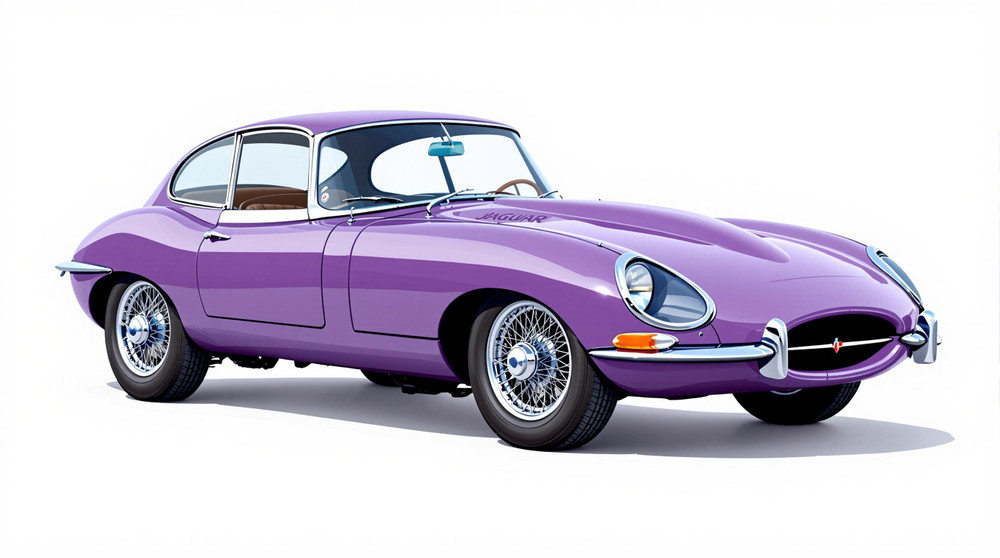Image of 1963 Jaguar Xke, Note: These illustrations use artistic license and may differ from actual historical models.
Performance Metrics
Fundamental Metrics
Emotional Appeal
MMP Rating
| Engine Specifications | |
|---|---|
| Engine: | 3.8L Inline 6-Cylinder |
| Displacement: | 3781 cc |
| Horsepower: | 265 hp |
| Torque: | 260 lb-ft |
| Compression Ratio: | 9.0:1 |
| Ignition System: | Electronic Ignition |
| Cooling System: | Liquid Cooled |
| Performance Specifications | |
| 0-60 Time: | 7.1 seconds |
| 1/4 Mile Time: | 15.1 seconds |
| Top Speed: | 150 mph |
| Transmission and Drive | |
| Drive Type: | Rear Wheel Drive |
| Transmission Type: | 4-Speed Manual |
| Fuel and Efficiency | |
| Fuel System Type: | Triple SU Carburetors |
| MPG: | 18 MPG |
| Dimensions and Brakes | |
| Brakes: | Disc Brakes |
| Wheelbase: | 96 inches |
| Weight: | 2,900 lbs |
Note: Specifications for classic cars are given to the best of our ability, considering the limited and variant data available.
The Quintessential British Sports Car: 1963 Jaguar XKE
The 1963 Jaguar XKE, also known as the E-Type, is a symphony of steel and style that took the automotive world by storm. Born from the loins of Jaguar Cars in Coventry, England, this vehicle is a testament to the brand's commitment to elegance, performance, and innovation. Its unveiling at the Geneva Motor Show in 1961 left spectators spellbound, and its design was so captivating that even Enzo Ferrari called it "the most beautiful car ever made." The XKE's unique combination of beauty, high performance, and competitive pricing established it as an icon of 1960s motoring.
Design and Innovation
The exterior of the 1963 Jaguar XKE is a masterclass in aesthetics, with its long hood, sleek lines, and distinctive glass-covered headlamps that blend seamlessly into the fenders. The car's silhouette is both aggressive and graceful, a visual poetry in motion. Inside, the cabin is a blend of luxury and sportiness with leather seats and polished metal accents. The quality of materials reflects Jaguar's dedication to craftsmanship. Technologically advanced for its time, the XKE featured independent coil spring rear suspension with torsion bar front ends, and four-wheel disc brakes – technologies that were ahead of their time. Color options ranged from opulent British Racing Green to a vibrant Carmen Red, with each hue accentuating the car's curves exquisitely. The E-Type was available in several body styles including coupe (FHC), convertible (OTS), and a less common '2+2' version. The most iconic remains the two-seater coupe with its perfect proportions and intimate cockpit.
Historical Significance
The 1963 Jaguar XKE didn't just turn heads; it revolutionized automotive design with its monocoque construction and aerodynamic efficiency. Its influence can be seen in countless sports cars that followed. It bridged the gap between high-end luxury cruisers and raw sports machines, redefining what a sports car could be.
Performance and Handling
Underneath its sculpted bonnet lay a 3.8-liter inline-six engine that roared to life with an output of around 265 horsepower. This powerplant propelled the XKE from 0-60 mph in under seven seconds – an impressive feat for its era. With a top speed of approximately 150 mph, it was among the fastest production cars at the time. The driving experience is visceral; every turn of the wheel, every shift of the gears feels connected to the road. The engine's growl is hypnotic, especially when navigating through winding roads or opening up on straightaways.
Ownership Experience
The XKE was more than just a showpiece; it was built to be driven. Owners used them as daily drivers, weekend warriors on racetracks or as cherished show cars. While maintenance can be intricate due to its sophisticated mechanics and parts scarcity can be an issue, many owners find joy in the hands-on experience of keeping these classics running.
Fun Facts
Did you know that only about 70,000 E-Types were produced during its entire production run? Celebrity owners have included Steve McQueen and Frank Sinatra, adding to its allure. While criticisms over time have focused on things like finicky electrical systems or rust issues, none have overshadowed its legendary status.
Collector's Information
Today's collector market sees the 1963 Jaguar XKE as a prized asset. Depending on condition, originality, and provenance, prices can range significantly from $80,000 for a model needing restoration to upwards of $250,000 or more for pristine examples. The market trend has generally seen appreciating values for well-maintained or expertly restored models due to their rarity and desirability.
Conclusion
The 1963 Jaguar XKE stands as one of history's most stunning automotive achievements. It encapsulates beauty and performance in a package that remains timeless more than half a century later. For enthusiasts or collectors lucky enough to own one, it represents not just a vehicle but a piece of art – one that continues to captivate hearts and imaginations across generations.
1963 Jaguar Xke Catalog of Parts
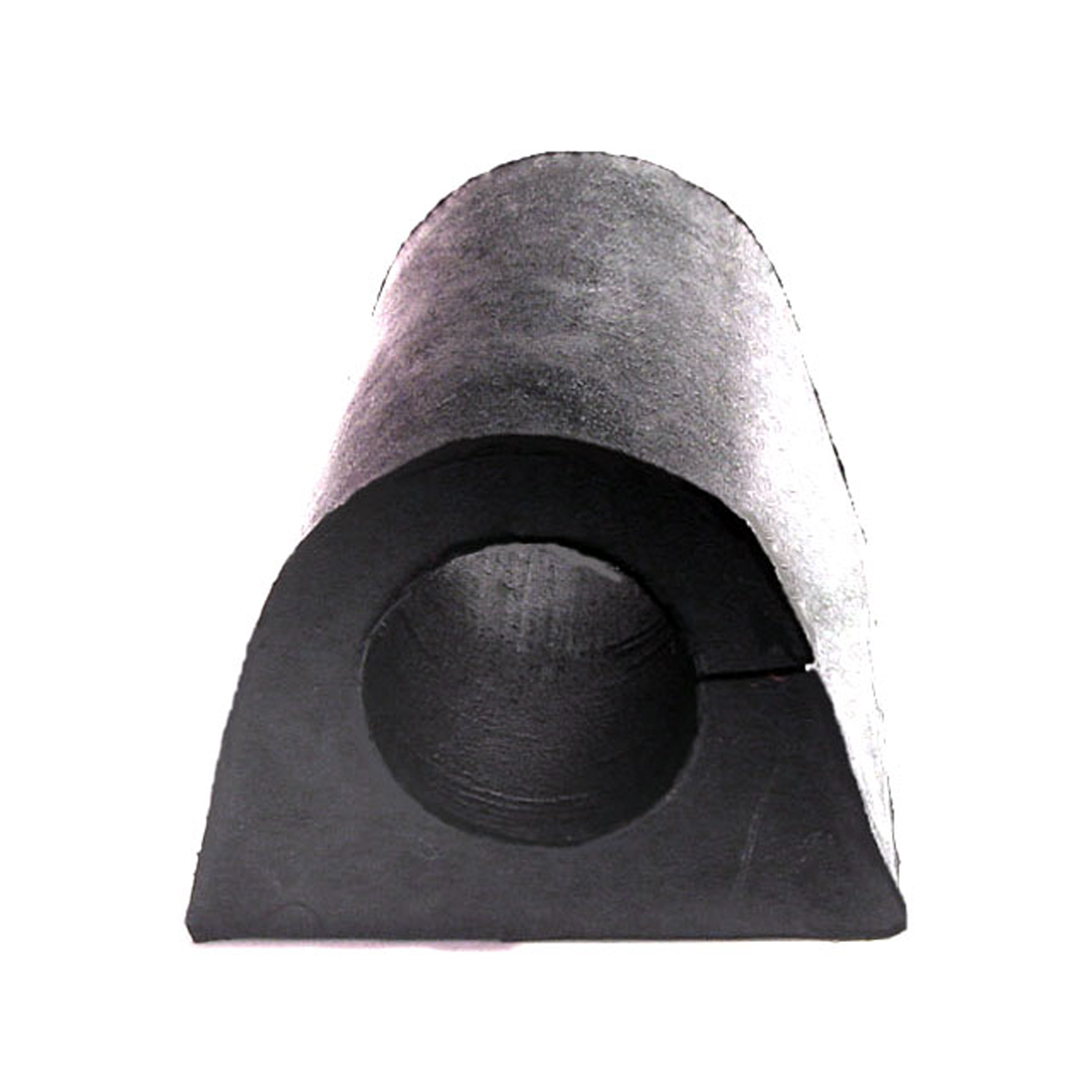 1963 Jaguar XKE Front Stabilizer Bar Bushing-BN 102Front Stabilizer Bar Bushing. 1-1/4" high X 1-3/4" wide X 2" long, with 3/4" I.D. Each
1963 Jaguar XKE Front Stabilizer Bar Bushing-BN 102Front Stabilizer Bar Bushing. 1-1/4" high X 1-3/4" wide X 2" long, with 3/4" I.D. Each 1963 Jaguar XKE Roll Bar Bushing. 1/2" high, with 1/2" hole. Each-BN 2Roll Bar Bushing. 1/2" high, with 1/2" hole. Each
1963 Jaguar XKE Roll Bar Bushing. 1/2" high, with 1/2" hole. Each-BN 2Roll Bar Bushing. 1/2" high, with 1/2" hole. Each 1963 Jaguar XKE Auto Brake Pedal Pad. 3-1/4" wide X 5-1/2" long. Each-CB 75-BAuto Brake Pedal Pad. 3-1/4" wide X 5-1/2" long. Each
1963 Jaguar XKE Auto Brake Pedal Pad. 3-1/4" wide X 5-1/2" long. Each-CB 75-BAuto Brake Pedal Pad. 3-1/4" wide X 5-1/2" long. Each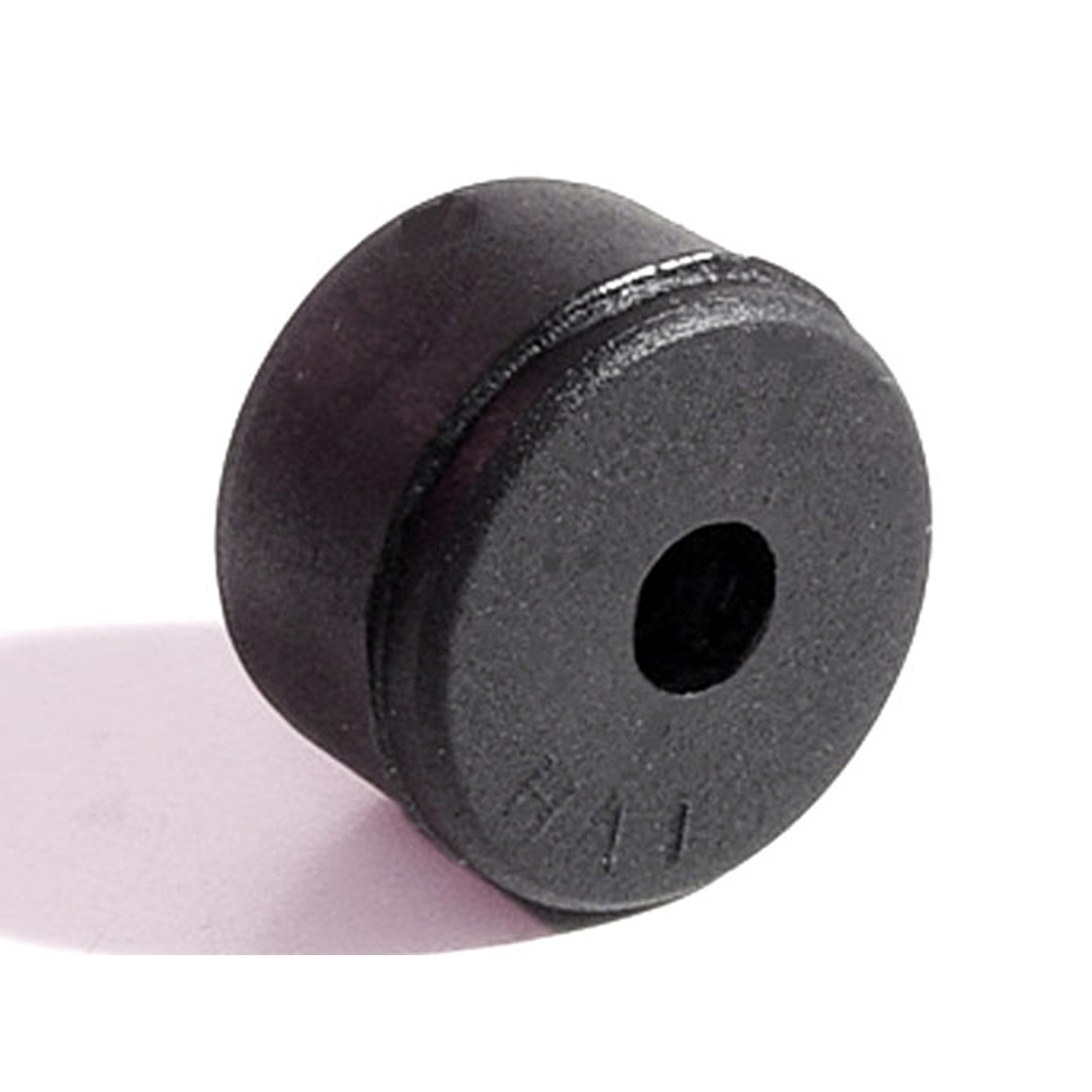 1963 Jaguar XKE Bonnet Bumper. Hollow center to snap over stud. 13/16" O-HA 10Bonnet Bumper. Hollow center to snap over stud. 13/16" O.D. X 7/16" high. Each
1963 Jaguar XKE Bonnet Bumper. Hollow center to snap over stud. 13/16" O-HA 10Bonnet Bumper. Hollow center to snap over stud. 13/16" O.D. X 7/16" high. Each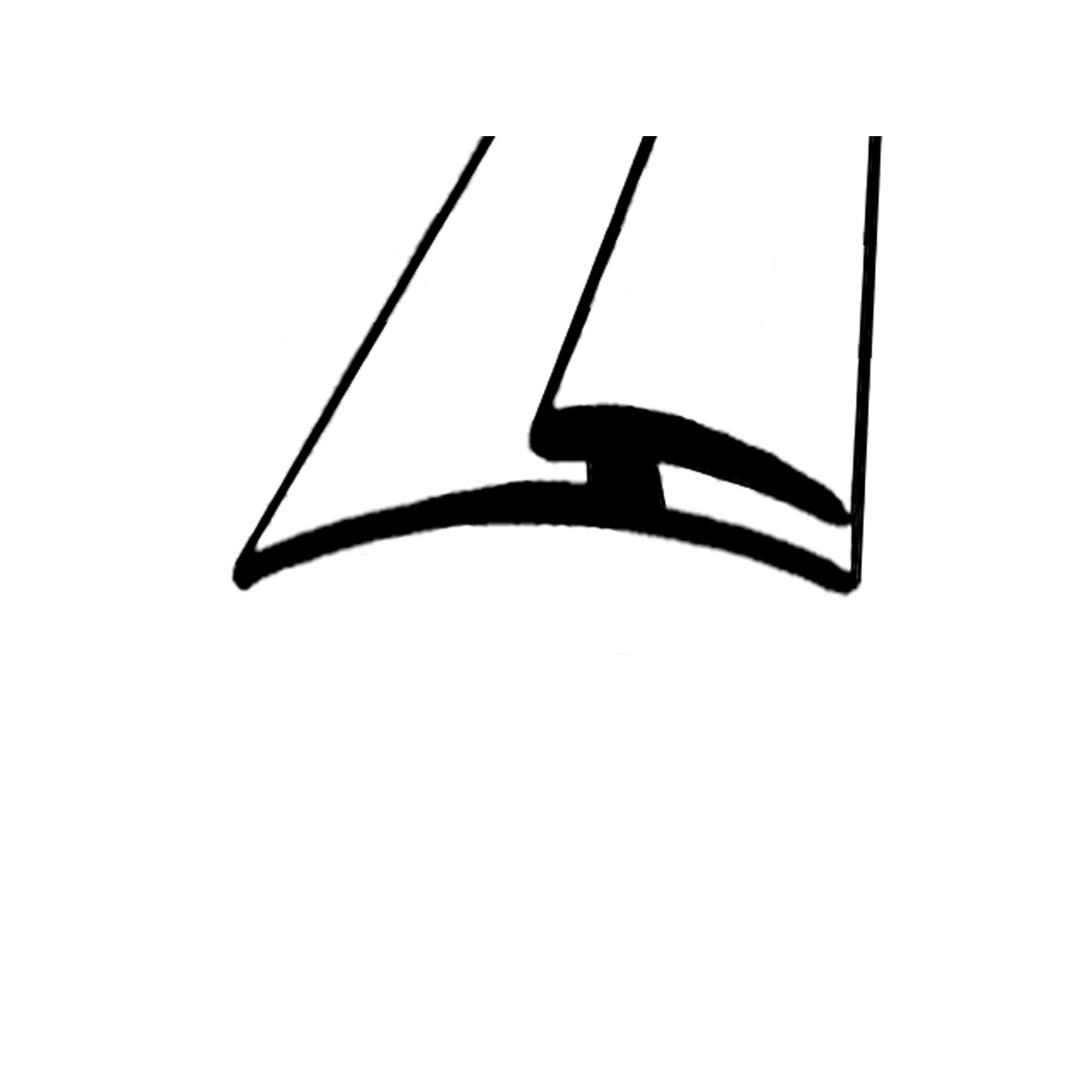 1963 Jaguar XKE Rear Bumper to Body Seal. 1" wide. Sold by the foot-LP 109-D/FTRear Bumper to Body Seal. 1" wide. Sold by the foot
1963 Jaguar XKE Rear Bumper to Body Seal. 1" wide. Sold by the foot-LP 109-D/FTRear Bumper to Body Seal. 1" wide. Sold by the foot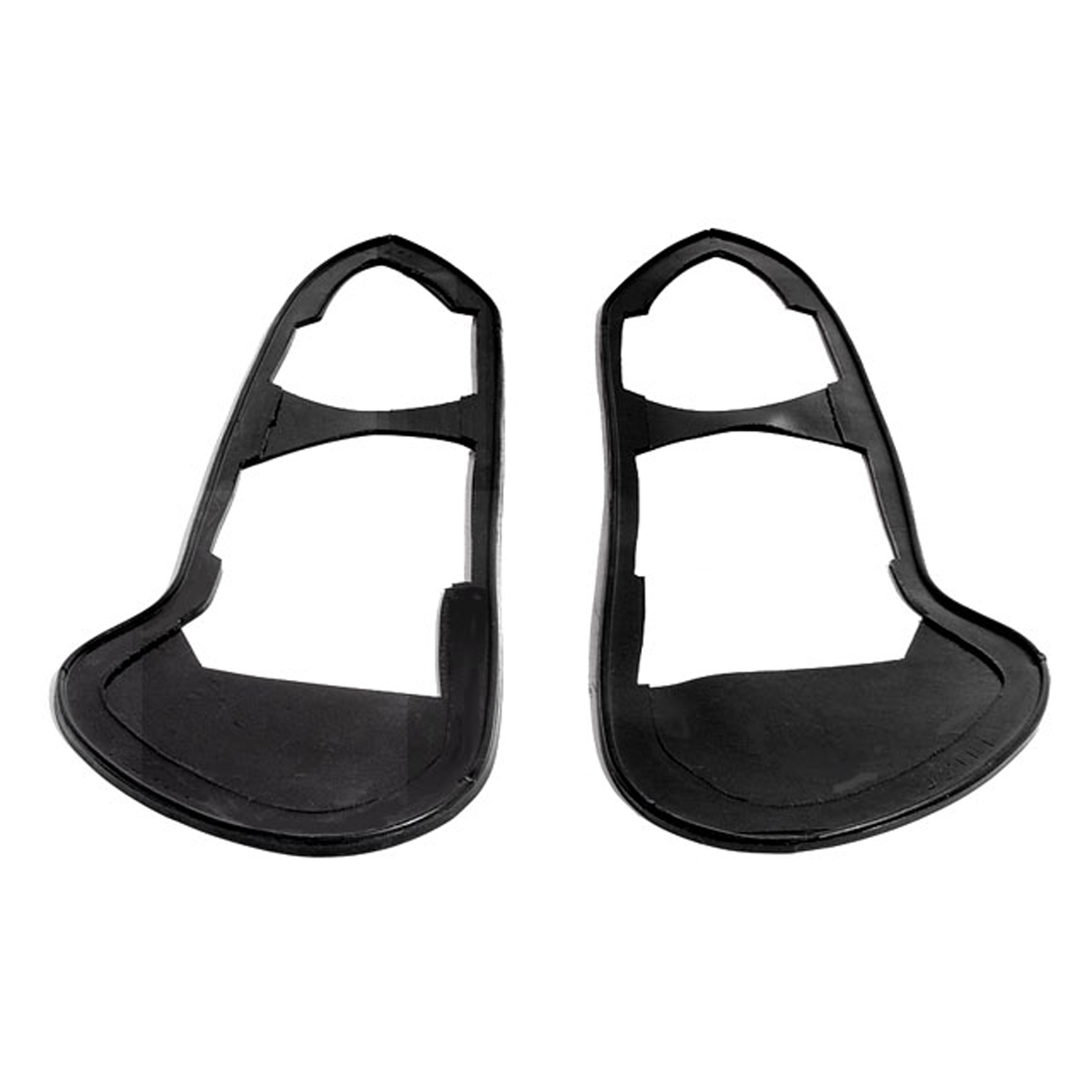 1963 Jaguar XKE Tail-light Pads. For Convertible-MP 799-HHTail-light Pads. For Convertible. 3-3/8" wide X 11-1/4" long. Pair R&L
1963 Jaguar XKE Tail-light Pads. For Convertible-MP 799-HHTail-light Pads. For Convertible. 3-3/8" wide X 11-1/4" long. Pair R&L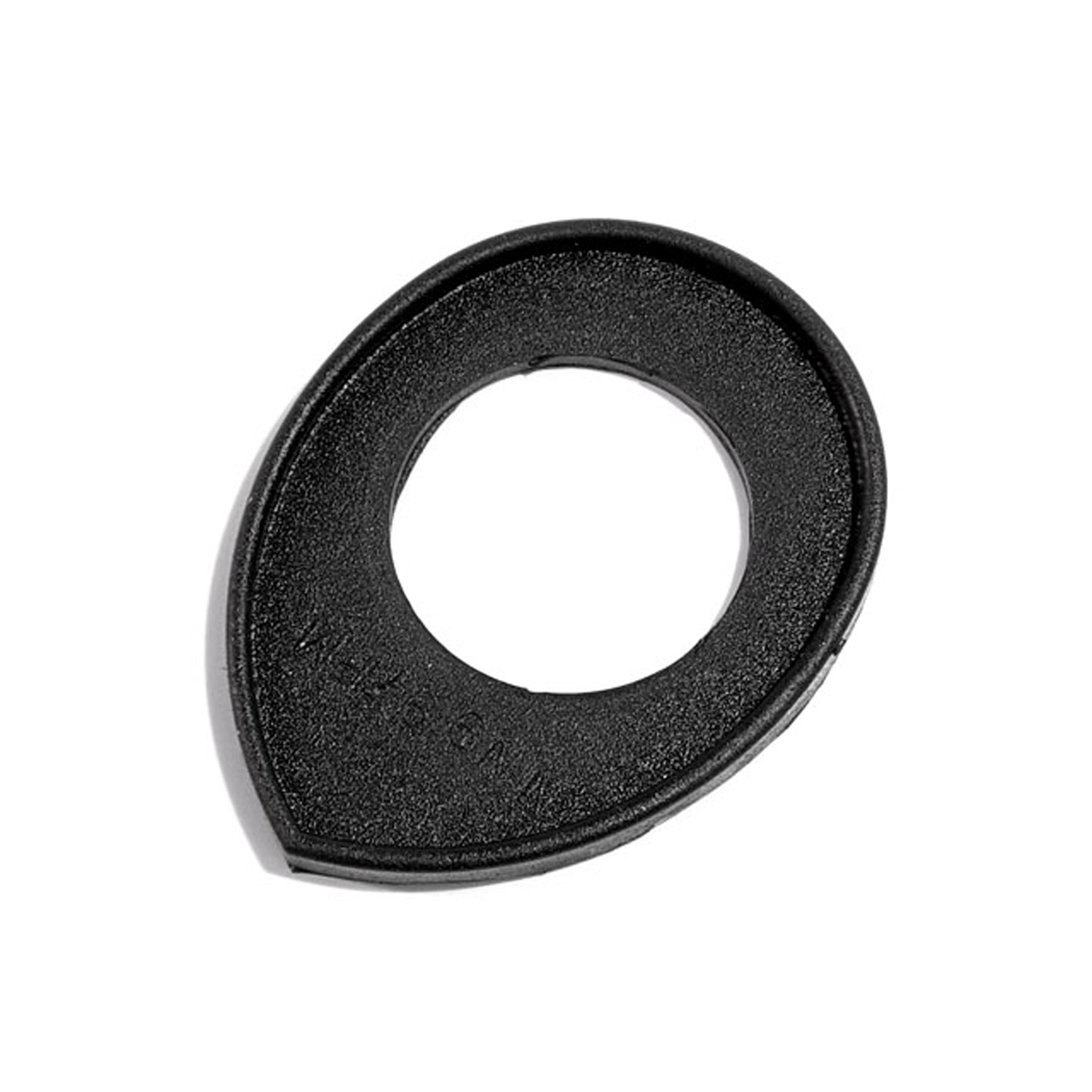 1963 Jaguar XKE ANTENA BASE PAD, JAGUAR XJ SERIES I & II ALSO E SERIES III-MP 799-NNANTENA BASE PAD, JAGUAR XJ SERIES I & II ALSO E SERIES III
1963 Jaguar XKE ANTENA BASE PAD, JAGUAR XJ SERIES I & II ALSO E SERIES III-MP 799-NNANTENA BASE PAD, JAGUAR XJ SERIES I & II ALSO E SERIES III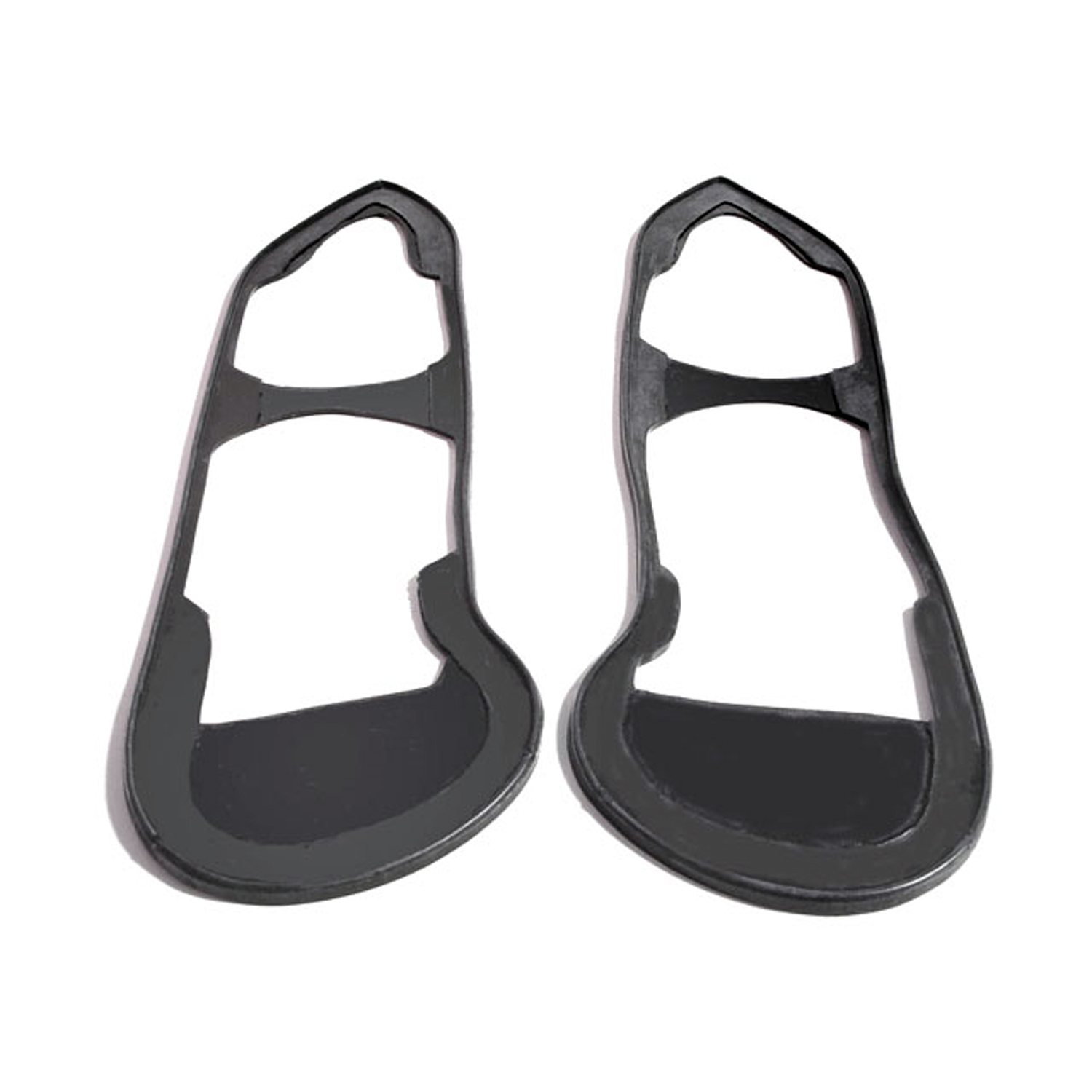 1963 Jaguar XKE Tail-light Pads. For Coupe. Perfect reproduction-MP 799-TTTail-light Pads. For Coupe. Perfect reproduction. 3" wide X 11-1/2" long. Pair R&L
1963 Jaguar XKE Tail-light Pads. For Coupe. Perfect reproduction-MP 799-TTTail-light Pads. For Coupe. Perfect reproduction. 3" wide X 11-1/2" long. Pair R&L 1963 Jaguar XKE Front Lens Seals. Grey sponge with adhesive back-MP 799-VVFront Lens Seals. Grey sponge with adhesive back. Perfect fit. Pair
1963 Jaguar XKE Front Lens Seals. Grey sponge with adhesive back-MP 799-VVFront Lens Seals. Grey sponge with adhesive back. Perfect fit. Pair 1963 Jaguar XKE Front Light Pads. 2-5/8" wide X 10" long. Pair R&L-MP 799-XXFront Light Pads. 2-5/8" wide X 10" long. Pair R&L
1963 Jaguar XKE Front Light Pads. 2-5/8" wide X 10" long. Pair R&L-MP 799-XXFront Light Pads. 2-5/8" wide X 10" long. Pair R&L 1963 Jaguar XKE Spark plug wire boot. Exclusive Metro part-RP 1-KSpark plug wire boot. Exclusive Metro part. Fits on the distributor cap end. Note: looks similar to coil boot, but is physically smaller. Replaces OEM# CO 2609. Each.
1963 Jaguar XKE Spark plug wire boot. Exclusive Metro part-RP 1-KSpark plug wire boot. Exclusive Metro part. Fits on the distributor cap end. Note: looks similar to coil boot, but is physically smaller. Replaces OEM# CO 2609. Each.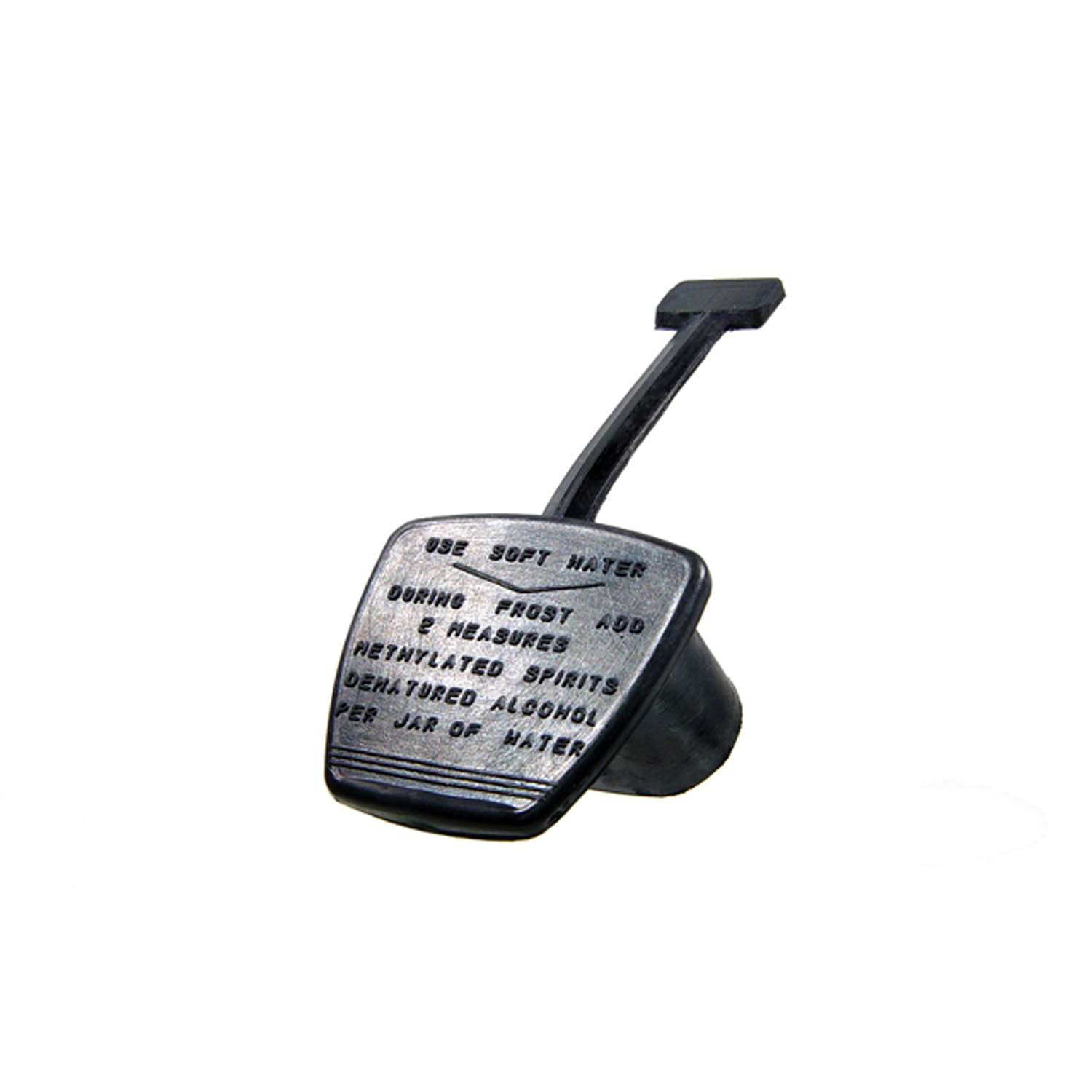 1963 Jaguar XKE Washer Bottle Cover. May fit some XK 150. Each-RP 800Washer Bottle Cover. May fit some XK 150. Each
1963 Jaguar XKE Washer Bottle Cover. May fit some XK 150. Each-RP 800Washer Bottle Cover. May fit some XK 150. Each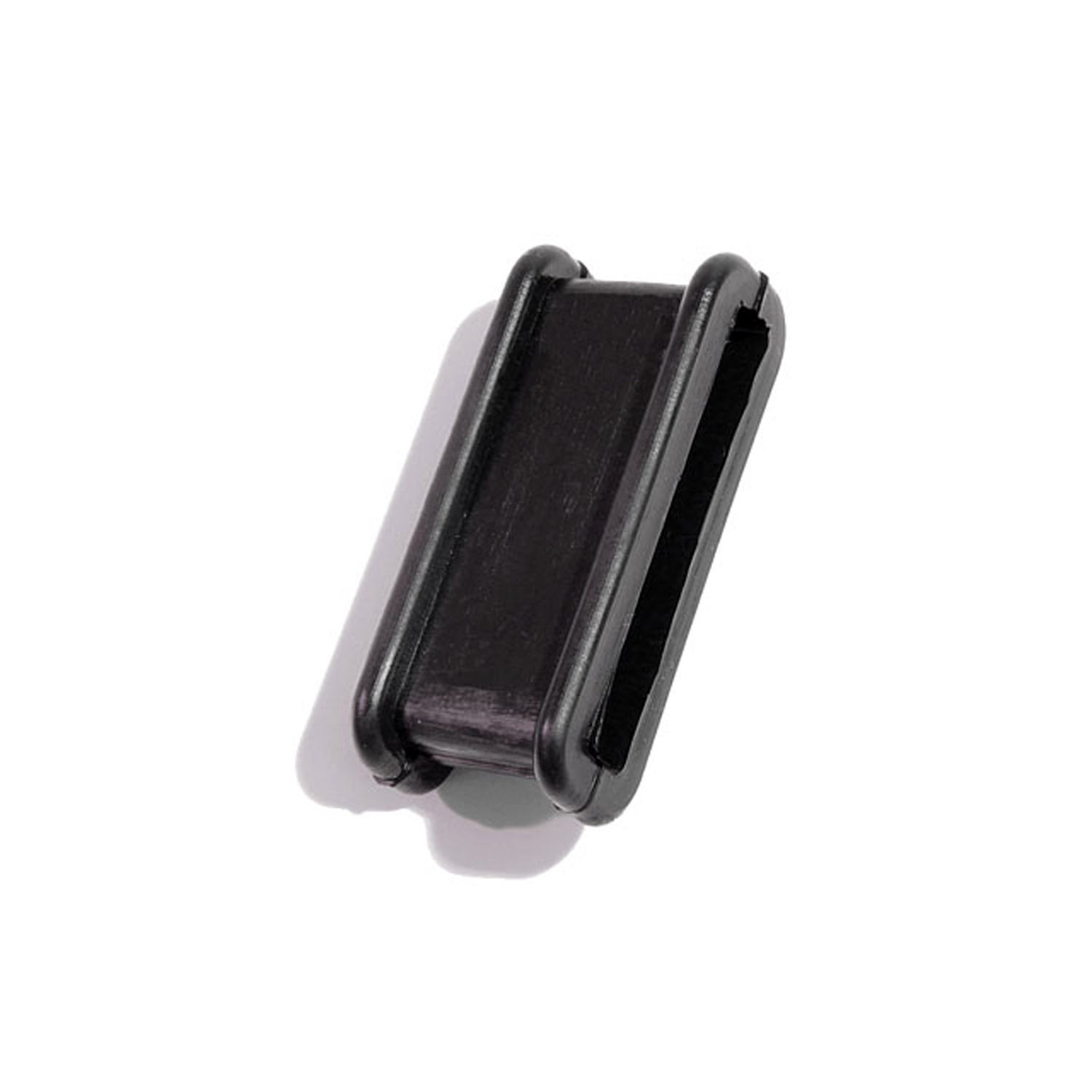 1963 Jaguar XKE Spark Plug Wire Holder Insulation. Each-SM 30-JSpark Plug Wire Holder Insulation. Each
1963 Jaguar XKE Spark Plug Wire Holder Insulation. Each-SM 30-JSpark Plug Wire Holder Insulation. EachWhy Choose Metro?
For over 100 years, Metro Moulded Parts has been the pinnacle of quality in classic car restoration parts. Our commitment to precision and authenticity in every component ensures a perfect fit and an OEM-level appearance.
- Expert Craftsmanship & Quality: Each part is a testament to our dedication to reliability and perfection, crafted from original designs and thoroughly tested.
- Advanced Technology: We use cutting-edge techniques to create flawless, long-lasting parts that surpass others in performance.
- SuperSoft Sponge – The Ultimate Door Seal: Not only are our door seals 30% softer than competitors', but they're also guaranteed to never leak. They effectively reduce wind and road noise, enhancing your classic car's comfort and driving experience.
- Proudly American: Our parts are a product of American craftsmanship, made in the USA with a spirit of excellence and heritage.
- Unrivaled Warranty: We back our products with a 30-year industry-leading warranty, a testament to our confidence in their quality.
Join us in preserving the legacy of classic cars with parts that are crafted for perfection, not just made.

